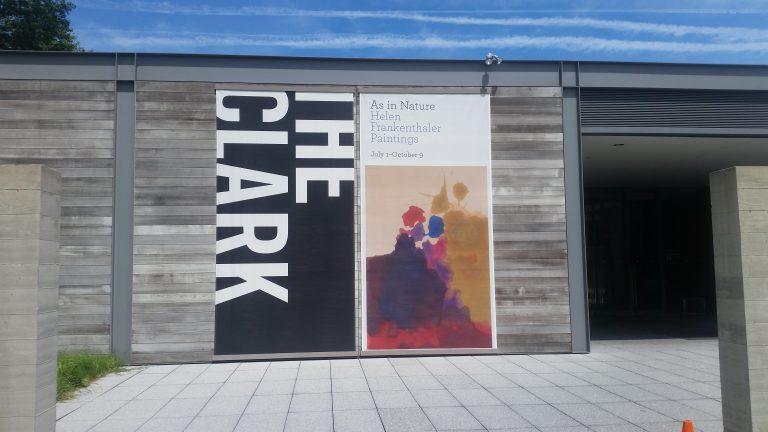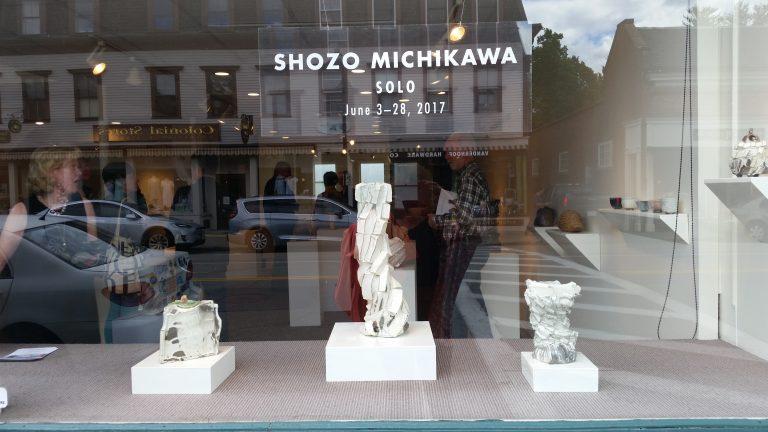On a recent visit to the Clark Art Institute in Williamstown, MA, Cambridge writer Anita Harris was...
art blog
Cambridge writer Anita Harris was struck by the lightness, strength and movement in the work...

